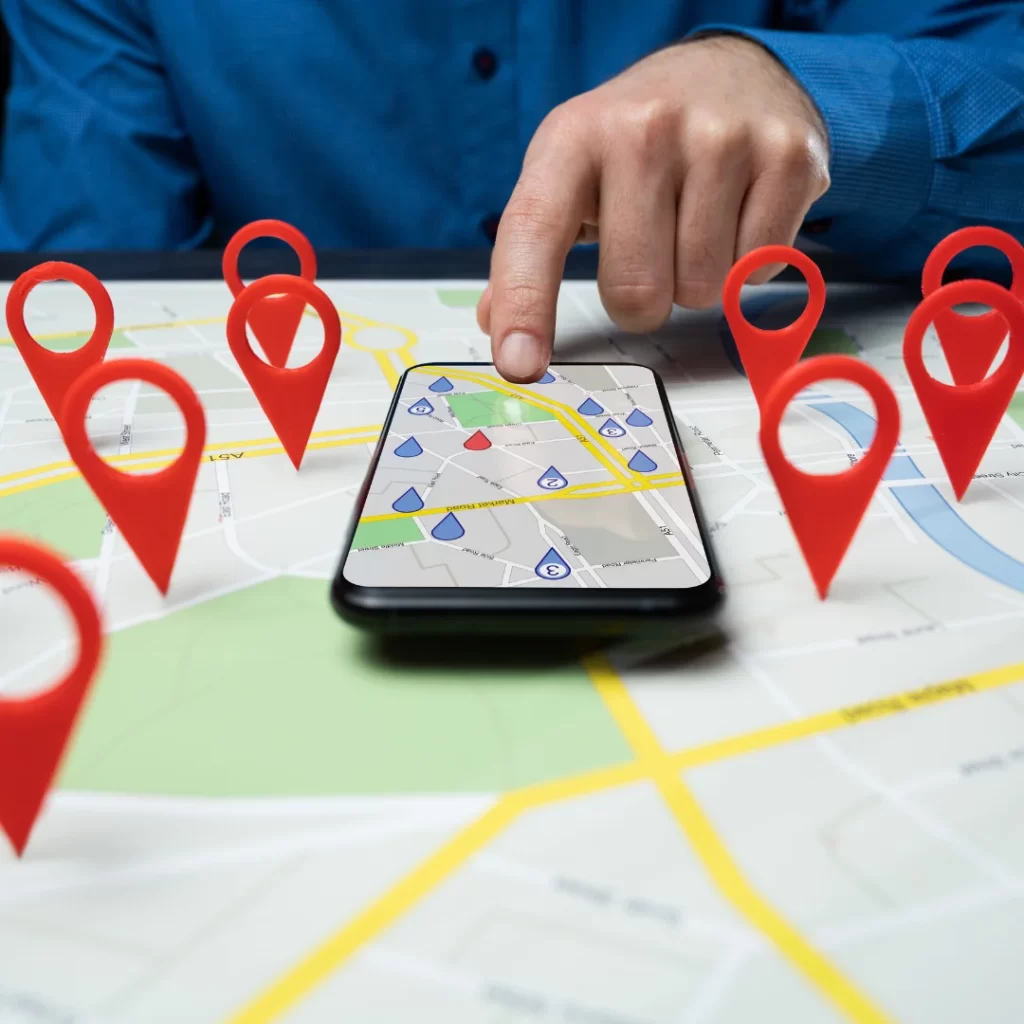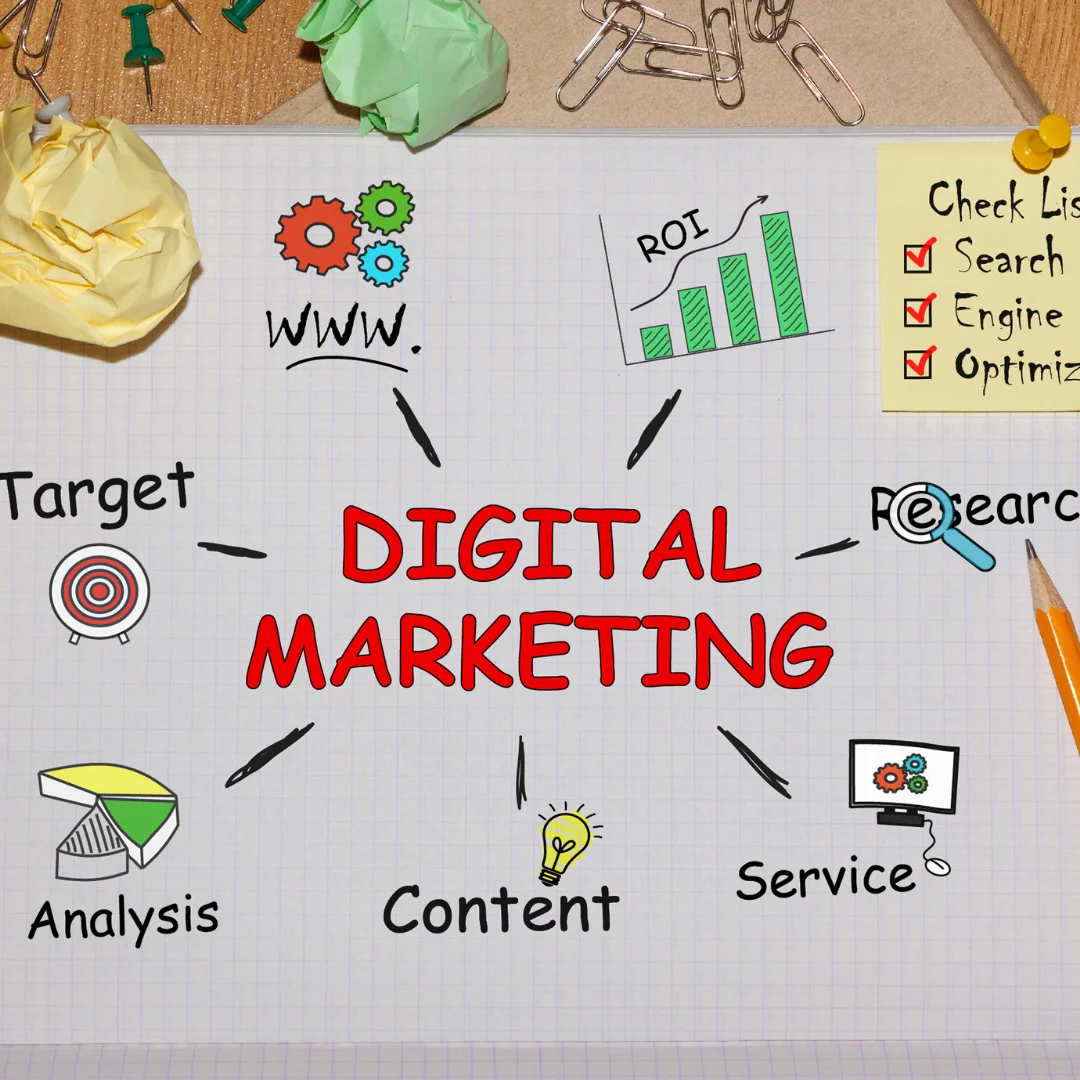Local SEO, or the art of getting your business to show up on the digital map where it matters most—literally and figuratively—is a game-changer for startups in 2025. If you’re not investing in it, you’re basically shouting into the void, hoping someone hears. Spoiler: They won’t.
Why is Local SEO the unsung hero for startups? Because local searches (“best coffee near me,” “plumber in Springfield,” or even “emergency sushi 24/7”) are growing exponentially, and they’re the gateway to real, wallet-ready customers. Studies show that 78% of local mobile searches lead to an in-store purchase within 24 hours. Let’s face it: You need Local SEO like your website needs hosting.
Understanding Local SEO

So, how does Local SEO work, and what kind of sorcery makes it stand out from traditional SEO? If traditional SEO is the equivalent of shouting your message through a megaphone to anyone who’ll listen, Local SEO is like slipping a personalized note into the pockets of the exact people who care—and are right next door. It’s intimate, focused, and unapologetically effective.
The magic behind Local SEO lies in a carefully orchestrated combination of factors that scream, “Hey, this business exists and is right here!” Here’s the lowdown:
The Mechanisms of Local SEO
Local SEO relies on three main pillars to determine where you land on the coveted local search results page:
- Relevance: Are you offering what someone is searching for? If you’re a donut shop, Google doesn’t care that your donuts are life-changing unless people nearby are actively craving sugar-coated circles of joy.
- Proximity: How close are you to the searcher? If someone is looking for a mechanic, Google prioritizes the ones a stone’s throw away—because no one wants to haul a broken-down car across the state.
- Prominence: How popular and well-trusted are you? Prominence comes from factors like reviews, ratings, and your online presence. A business with glowing reviews and a robust Google Business Profile is like the prom king of local search.
Key Differences Between Local SEO and Traditional SEO
Let’s put it simply:
- Traditional SEO: Targets everyone. Your goal is to reach as many eyes as possible, no matter where they’re located.
- Local SEO: Zeros in on nearby audiences, because someone in New York searching for a hairdresser doesn’t care how great your Miami salon is.
Traditional SEO can be summed up as a marathon—you’re in it for the long haul to build domain authority and rank globally. Local SEO, though, is more of a sprint to capture the attention of the folks who could walk through your door today.
Ranking Factors in Local SEO
Here’s where the rubber meets the road. Local SEO thrives on specifics:
- Location-Based Keywords: Adding terms like “near me,” city names, or neighborhood references to your content ensures Google knows your target audience is local.
- Google Business Profile: This free tool is the backbone of Local SEO. Without it, your business is essentially invisible in local searches.
- NAP Citations: Consistency in your Name, Address, and Phone Number across all platforms signals to search engines that you’re legit. Think of it as showing your ID at the door—no mismatches allowed.
- Reviews and Ratings: These are the modern-day equivalent of word-of-mouth referrals. More positive reviews equal more trust and a higher likelihood of ranking.
Neglect these elements, and you might as well be shouting into the void.
Key Components of a Successful Local SEO Strategy
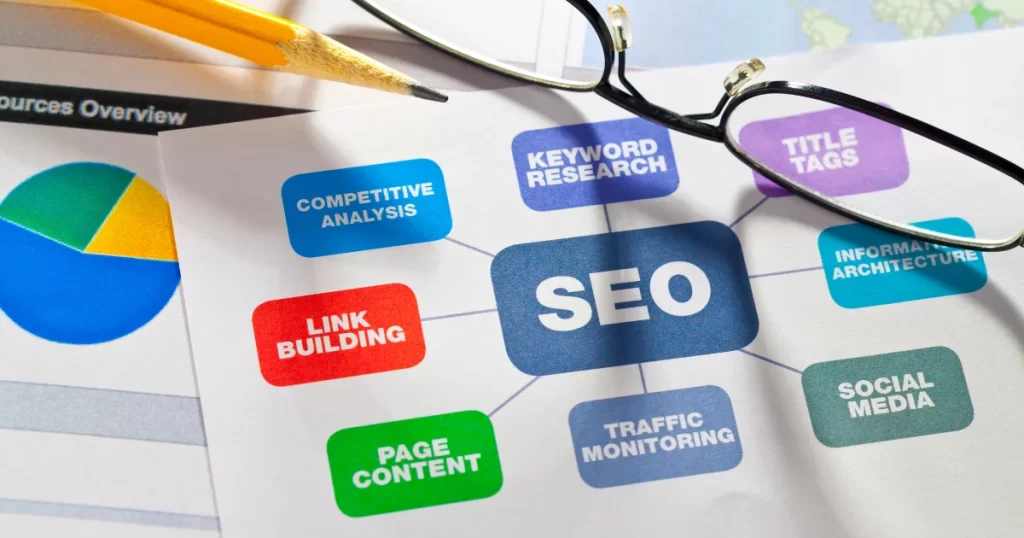
Now that we’ve demystified Local SEO, it’s time to roll up our sleeves and get to work. A killer local strategy isn’t built overnight, but focusing on the following components will set you miles ahead of the competition.
1. Google Business Profile
Remember the phrase “If you’re not on Google, you don’t exist”? That’s no exaggeration. A Google Business Profile (formerly Google My Business) is your front-line soldier in the local SEO battlefield.
Why It’s Crucial
Your Google Business Profile is a one-stop shop for all the juicy details customers care about: your hours, services, location, reviews, and even photos of your storefront (or that irresistible plate of tacos you serve). Not having one—or worse, neglecting it—is akin to shutting your blinds and pretending you’re not home.
Action Plan
- Claim your profile if you haven’t already. Seriously, do it right now.
- Fill out every single section: business name, address, phone number, hours, categories, and attributes.
- Post updates regularly to show you’re active and engaged. Think of it as your local business Instagram feed, minus the selfies.
“Your Google Business Profile is the face of your local SEO strategy. Treat it like your best employee—it works 24/7.”
– Sarah Dawson, SEO Expert
2. NAP Consistency
Think of your NAP (Name, Address, Phone Number) as your online DNA. If it doesn’t match across all platforms—Google, Yelp, Facebook—search engines will throw up their hands and label you untrustworthy.
Why It Matters
Imagine telling a friend to meet you at “123 Maple Street” but later texting, “Actually, it’s 456 Oak Avenue.” Annoying, right? Inconsistent NAP info does the same thing to search engines and potential customers.
How to Keep It Straight
- Audit your listings across every platform. Yes, every. single. one.
- Use tools like Moz Local or BrightLocal to find and fix inconsistencies.
- Remember: even small errors (like abbreviating “Street” to “St.”) can throw a wrench into your rankings.
3. Local Directories
Ever heard the saying, “The more places you’re seen, the more likely you are to be remembered”? This applies doubly to local directories. Listing your startup on platforms like Yelp, Bing Places, and niche-specific directories makes you look legit and boosts your search presence.
Why They’re Powerful
Local directories act like validation stamps. The more credible sites you’re listed on, the more Google (and customers) trust you.
Where to Start
Here’s a breakdown of high-value directories to target:
| Directory | Why It Matters | Pro Tip |
|---|---|---|
| Google Business | The gold standard for local visibility. | Keep your profile updated weekly. |
| Yelp | Trusted by millions for reviews and recommendations. | Reply to reviews for bonus engagement. |
| Bing Places | Don’t ignore Bing—it has loyal users. | Sync it with your Google Business info. |
| Industry-Specific | Shows niche authority (e.g., Zocdoc for doctors). | Target platforms specific to your field. |
Bringing It All Together
Here’s the cold, hard truth: neglecting any one of these components is like building a car but forgetting the engine. Your local SEO strategy needs to work in harmony—Google Business Profile as the centerpiece, NAP consistency to provide clarity, and directories to amplify your presence.
“Local SEO isn’t just about showing up; it’s about showing up everywhere your customers are.”
– Kevin Ruiz, Marketing Consultant
If you nail these basics, you’ll go from invisible to unmissable faster than you can say “Local SEO.”
Optimizing Your Google Business Profile for Maximum Visibility

Creating a killer Google Business Profile isn’t rocket science, but it does require a bit of finesse:
- Complete Every Field: Yes, even the obscure ones like “Accessibility Options” or “Pet Friendliness.” Search engines love details.
- Upload High-Quality Photos: Grainy, poorly-lit images scream, “Don’t come here.” Invest in good visuals.
- Encourage Reviews: Bribery is frowned upon, but a little encouragement can go a long way.
💡Pro Tip: Updating your profile regularly signals to Google that your business is active and engaged. Stale profiles are SEO kryptonite.
Best Practices for Google Business Optimization That Drive Results
Let’s talk about customer reviews—the lifeblood of Local SEO. Think of them as digital word-of-mouth, except the words are immortalized online forever. No pressure.
Techniques to Boost Reviews:
- Ask Nicely: After a successful transaction, politely request a review.
- Automate: Use email or SMS follow-ups to nudge customers.
- Respond to All Reviews: Yes, even the bad ones. A gracious response to criticism can turn the tide in your favor.
“A single positive review can bring in dozens of new customers, but a well-handled negative one can bring in hundreds.”
– Local SEO Expert, Maria Clarke
Conducting Effective Keyword Research Tailored to Your Target Location

Local keyword research is the unsung hero of any successful Local SEO strategy. If you’re going to attract nearby customers, you need to speak their language—or at least type it into Google’s search bar. But here’s the thing: vague keywords like “best coffee shop” won’t cut it. You’re competing with a thousand other shops trying to rank for that exact phrase. What you need is specificity, the secret sauce that narrows down the competition and boosts your visibility.
Why Local Keywords Matter
Imagine someone searching for “best yoga studio.” If you’re in Austin, TX, you don’t want to pop up in a search result for someone in Portland, OR—unless you’ve figured out teleportation, in which case, carry on. Keywords tailored to your area, like “best yoga studio in Austin near Zilker Park,” help connect you with the right audience at the right place.
Specificity also captures intent. The phrase “vegan restaurants” might snag a lot of clicks, but “vegan restaurants in Brooklyn open late” attracts people who are not just browsing but ready to eat. That’s where the magic of local keyword research shines.
Tools to Unearth Local SEO Gold
If you’re still guessing what your audience searches for, let’s put an end to the madness. These tools take the guesswork out of keyword research, leaving you with cold, hard data.
| Tool | Best For |
|---|---|
| Google Keyword Planner | Pinpointing search volume and keyword variations tailored to specific locations. |
| SEMrush | Discovering local competitor keywords and search intent insights. |
| Ahrefs | Unveiling long-tail keywords and ranking difficulty metrics. |
| AnswerThePublic | Generating hyper-localized questions and keyword ideas. |
Take Ahrefs, for instance—it’s like your nosy neighbor who knows everything your competitors are up to but tells you in a helpful way. Plug in your main keyword, filter by location, and voilà! You’ll uncover phrases like “family dentist near Dallas” or “pet grooming in downtown Denver.”
Pro Tips for Local Keyword Domination
- Use Location Modifiers: Add your city, neighborhood, or even popular landmarks to your keywords. “Boutique hotels in SoHo” beats plain “boutique hotels” any day.
- Think Like a Local: What phrases would someone new to the area use? Tools are great, but nothing beats putting yourself in your customers’ shoes.
- Look for Questions: People love to ask Google stuff like, “Where can I get craft beer near me?” Include these question-style keywords in your content.
- Analyze Competitors: Study what your local competitors are ranking for and see if you can do it better (hint: you can).
On-Page Optimization Techniques That Boost Your Local Search Rankings
Your website is your digital front door, and for Local SEO, it needs to shout, “Hey, I’m here, and I’m the best option in town!” On-page optimization is about aligning your website with local intent so search engines know where you are and what you offer.
Step 1: Integrate Location-Specific Keywords
Scatter those local keywords like confetti—but in an organized, non-chaotic way. Strategic placements include:
- Meta Titles: Make sure they feature your target location. Example: “Plumbing Services in Chicago | Reliable & Affordable.”
- Header Tags (H1, H2, H3): Use headers to highlight your services alongside their location. For instance, an H2 could read “Why We’re the Best HVAC Team in Atlanta.”
- Content Body: Sprinkle in city names and neighborhood landmarks where relevant. Example: “Our café, just steps away from Central Park, serves the best coffee in Manhattan.”
| Optimization Aspect | What to Do |
|---|---|
| Location-Specific Keywords | Use in titles, headers, and body text to reinforce your geographic relevance. |
| Mobile Optimization | Ensure quick load times and a responsive design for smartphone users. |
| Metadata | Highlight your city or neighborhood in meta descriptions to attract local searchers. |
Step 2: Don’t Skimp on Mobile Optimization
Here’s the harsh truth: if your site takes more than three seconds to load, your potential customer has already left. Google also prioritizes mobile-friendly sites, especially for local searches. Keep your load times snappy, navigation intuitive, and don’t forget to test the mobile experience regularly.
Step 3: Make Metadata Work Overtime
Meta descriptions and title tags are your elevator pitch to Google users. Phrases like “Rated #1 BBQ joint in Austin” paired with location keywords improve click-through rates and local rankings.
Building Local Authority Through Strategic Backlink Acquisition
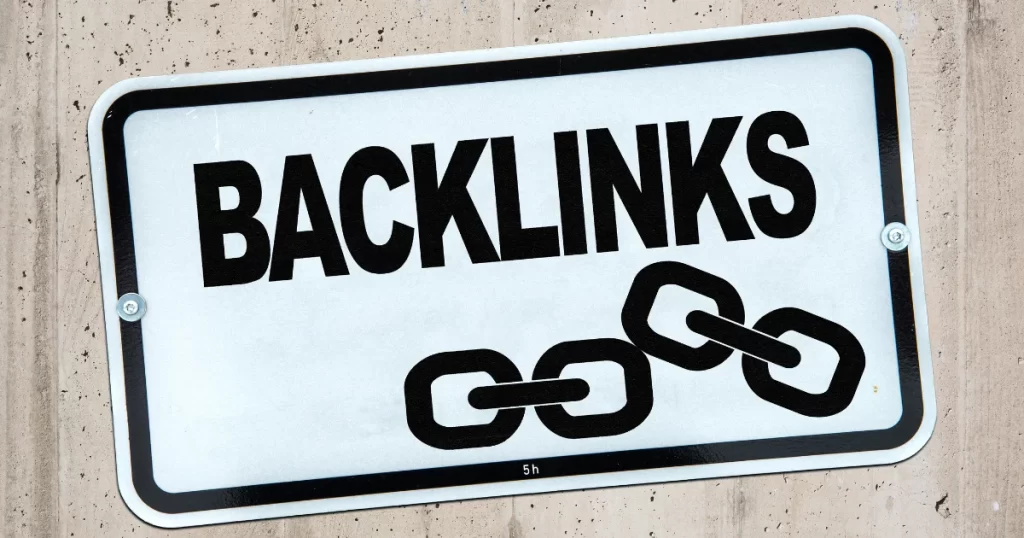
If content is king, then backlinks are the loyal subjects proclaiming your greatness. For Local SEO, backlinks from respected local sources give your site an extra layer of trustworthiness. The more locally rooted your backlinks are, the better.
How Backlinks Boost Local SEO
Backlinks act like endorsements. When local businesses, community organizations, or blogs link to your site, they’re essentially telling search engines, “This business is a key player in our community.” Google loves that kind of affirmation, and so will your rankings.
Getting Local Backlinks Without Being Pushy
Not all backlinks are created equal. Quality trumps quantity, so aim for links from authoritative local sources. Here are a few ideas to kickstart your strategy:
- Sponsor a Local Event: Whether it’s a charity run or a neighborhood food festival, your sponsorship often earns you a backlink on the event’s website. Bonus: good karma points.
- Collaborate With Local Businesses: Partner with a complementary business for a promotion and cross-link each other’s websites.
- Pitch Guest Blogs: Local blogs and news sites are always looking for content. Offer to write articles showcasing your expertise in exchange for a link.
| Engagement Idea | Why It Works |
|---|---|
| Sponsor Local Events | Builds community goodwill and earns backlinks from event pages. |
| Collaborate Locally | Strengthens your network while increasing your online authority. |
| Write Guest Blogs | Positions you as a local expert and earns quality backlinks. |
Pro Tip: Build Relationships, Not Just Links
SEO is a long game. Forge genuine connections with local influencers, organizations, and media outlets. Over time, these relationships naturally lead to backlinks without you even having to ask.
“Earning local backlinks isn’t about gaming the system—it’s about embedding yourself in your community’s digital ecosystem.”
— Rand Fishkin, SEO Expert
The Powerful Impact of Online Reviews on Your Startup’s Local Search Rankings

Let’s get one thing straight: online reviews are the lifeblood of your Local SEO strategy. Think of them as modern-day word-of-mouth on steroids. A staggering 88% of consumers trust online reviews as much as personal recommendations. Let that sink in for a moment—complete strangers’ opinions hold as much sway as your mom saying, “This is the best bakery I’ve ever been to!”
Why Reviews Matter for Local SEO
Online reviews aren’t just for impressing customers. They’re a love language for Google’s algorithms. The more reviews you have—and the more positive they are—the better your chances of snagging a spot in the coveted Google Map Pack. And if you’re thinking, “I can just bribe my cousin to write me 100 glowing reviews,” slow your roll. Google’s smarter than that. Authenticity is key, and fake reviews can land you in hot water.
Here’s what reviews do for your Local SEO:
- Signal Trustworthiness: Reviews tell search engines that people interact with and trust your business.
- Boost Click-Through Rates (CTR): Positive ratings and catchy review snippets make your listing irresistible.
- Enhance Local Relevance: Specific mentions of your location in reviews help reinforce your connection to the area.
Pro Tip: Encourage Reviews Without Sounding Desperate
No one likes the over-eager puppy act, so avoid begging customers for reviews like your business depends on it (even if it does). Instead:
- Ask at the Right Time: Timing is everything. Request a review after a successful purchase or a glowing compliment from a customer.
- Simplify the Process: Use direct links to your Google Business Profile to make leaving reviews a breeze.
- Respond to Reviews: Yes, even the bad ones. Show you care by thanking reviewers and addressing concerns.
Leveraging Community Engagement as a Catalyst for Success
Let’s talk community engagement. Why? Because nothing says, “I’m a local business,” like showing up to the neighborhood block party armed with cupcakes and good vibes. Community engagement builds trust, goodwill, and brand authority, all while giving your Local SEO efforts a serious boost.
How to Engage Locally Without Looking Like You’re Trying Too Hard
You want people to see you as a genuine part of their community, not some opportunistic company looking to cash in. Start small:
- Sponsor Local Events: Whether it’s a charity 5K or the high school football team, show your support. Bonus points if your logo ends up on a jersey or banner.
- Collaborate with Local Influencers: No, not Instagram celebrities with a million followers. Find micro-influencers who are active in your area.
- Host Workshops or Classes: Own a bakery? Teach a bread-making class. Run a gym? Offer free beginner yoga sessions.
How Community Engagement Boosts SEO
It’s not just about warm fuzzies. When you get involved locally, you’re also building backlinks, social mentions, and trust signals that search engines adore. For example:
- A local news site mentions your charity event sponsorship and links to your website.
- Attendees of your workshop share photos and tag your business on social media.
Adapting Your Local SEO Strategy for the Mobile-First Era and Voice Search Revolution
Gone are the days when desktop searches ruled the internet. Today, mobile-first indexing and the rise of voice search are reshaping how customers find local businesses. If your Local SEO strategy doesn’t cater to mobile users and voice commands, you might as well hand your customers over to your competitors on a silver platter.
Why Mobile Optimization Matters
Let’s face it: If your website doesn’t load faster than your microwave reheats coffee, people are gone. Here’s what you need to focus on:
- Responsive Design: Your site should look amazing on any device—no excuses.
- Speed: Compress images, minimize code, and ditch autoplay videos.
- Click-to-Call Buttons: Make it ridiculously easy for mobile users to contact you.
Voice Search Optimization Tips
Voice search is booming, thanks to virtual assistants like Alexa, Siri, and Google Assistant. These searches are often conversational and hyper-local, so adapt your content to match.
- Use Long-Tail Keywords: Think phrases like, “Where can I get gluten-free pizza near me?”
- Answer Questions Directly: Create FAQ sections that tackle common queries.
- Claim Your Google Business Profile: Ensure your business details (address, phone, hours) are accurate and up-to-date.
Monitoring, Analyzing, and Iterating Your Way to Local SEO Success
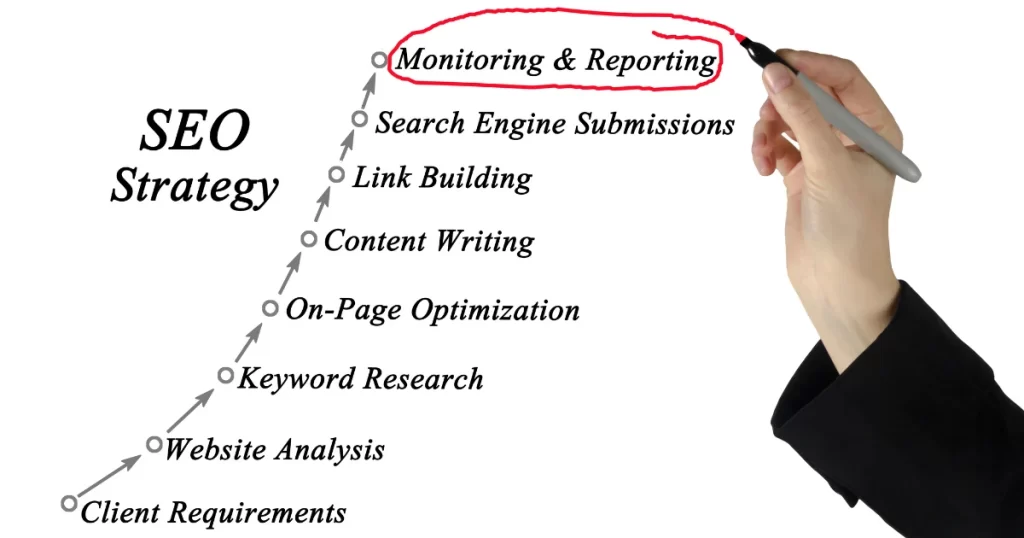
If you’re not monitoring your Local SEO efforts, it’s like driving a car blindfolded and hoping for the best. Tools like Google Analytics, BrightLocal, and Moz Local can help you track what’s working and what’s not.
Key Metrics to Watch
Here are the numbers that actually matter:
- Click-Through Rates (CTR): Are people clicking on your listing?
- Bounce Rates: If visitors leave your site faster than a bad first date, it’s time to rethink your content.
- Conversion Rates: Track how many website visitors actually book a service or make a purchase.
- Keyword Rankings: Check how your target local keywords are performing over time.
Iterate Like a Pro
SEO isn’t a one-and-done deal. Regularly tweak your strategy based on the data you gather. For example:
- If certain pages have high bounce rates, improve their content or loading speed.
- If your keywords aren’t ranking, revisit your on-page optimization or build more backlinks.
Conclusion: Embracing the Future Trends in Local SEO for Startups’ Growth
The future of Local SEO is bright, bold, and brimming with opportunity. Startups that invest in authentic connections, robust mobile optimization, and dynamic community engagement today will own the local market tomorrow.
Stay ahead of the curve by:
- Building trust through reviews and community presence.
- Adapting to mobile-first indexing and voice search trends.
- Monitoring and iterating your strategy relentlessly.
The best time to start improving your Local SEO? Yesterday. The second-best time? Right now. Your future customers are already searching—make sure they find you, not the guy across the street.

